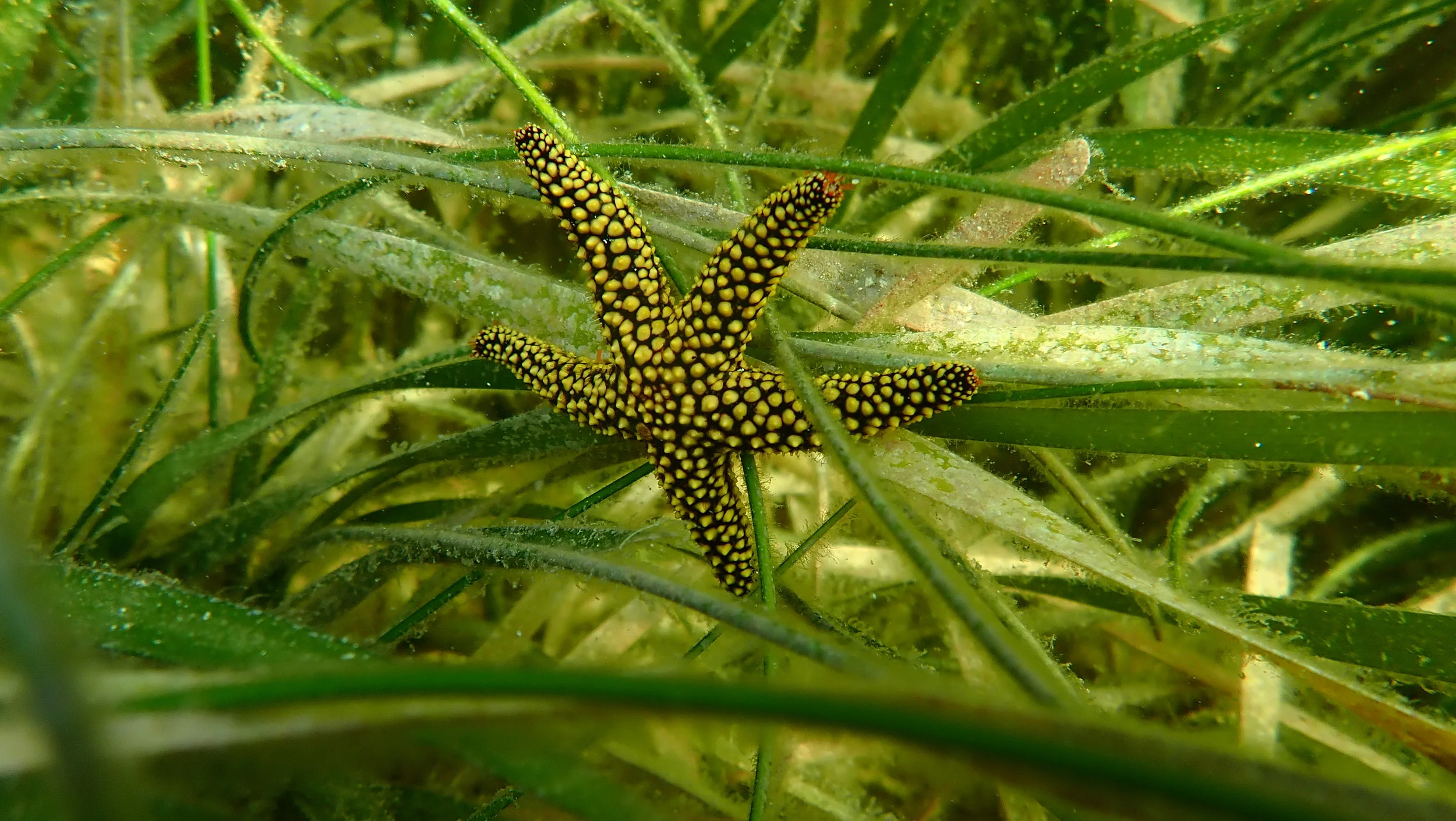Developing an integrated monitoring and assessment framework for evaluating ecosystem service outcomes from seagrass restoration in the Gulf of Mexico
Seagrass restoration is a major priority for the Gulf of Mexico—particularly along the Florida Gulf Coast—because of long-term degradation of seagrass habitats by human impacts and a growing appreciation for the many ecosystem services they provide to people. However, these benefits are rarely quantified and tracked in restoration monitoring programs, and restoration decisions are often made without accounting for the full suite of ecosystem service outcomes of proposed projects. This is in part a result of information gaps about how seagrass ecosystem services vary across space and depending on seagrass species composition. This project funded by the National Academy of Science’s Gulf Research Program is addressing the existing monitoring and information gaps by developing a general framework for monitoring and assessing restoration outcomes across multiple ecosystem service outcomes, using spatial modeling approaches that leverage existing monitoring data. Applying our framework to the Florida Gulf Coast as a case study, we are exploring spatial variation in the recovery potential of multiple ecosystem services provided by seagrasses, including nursery habitat for fished species, biodiversity augmentation, blue carbon storage, and coastal protection. We hypothesize that restoration outcomes could be influenced by geographic, environmental, and anthropogenic factors. We are also exploring how the estimated recovery potential of different services varies across the seascape in order to better understand the likely co-benefits or trade-offs of seagrass restoration in the Gulf.
Why does it matter?
Seagrass restoration is proving to be a useful tool for recovering an ecologically and economically important coastal habitat. But the lack of monitoring for positive ecosystem service benefits creates uncertainty about project outcomes and the relative value of different proposed restoration projects. To provide greater certainty and to help inform decisions that will maximize the benefits provided by limited restoration funds, we need tools for monitoring and assessing ecosystem service outcomes from restoration.
Project Team:
Sarah Lester, PI
Andrew Rassweiler, Co-PI
Jennifer McHenry, PhD Student (Alumni)
Ally Dubel, PhD Student
Allie Blanchette, PhD Student
Tyler Lynn, MS Student (Alumni)
Gema Hernan, Post-Doctoral Scholar (Alumni)
Publications:
Lester et al. (2020). Spatial planning principles for marine ecosystem restoration. Frontiers in Marine Science.
McHenry et al. (2021). Modeling the biodiversity enhancement value of seagrass beds. Diversity & Distributions.
Rshiny Dashboards:
Biodiversity enhancement value explorer. https://jennifermchenry.shinyapps.io/seagrass_bev/.
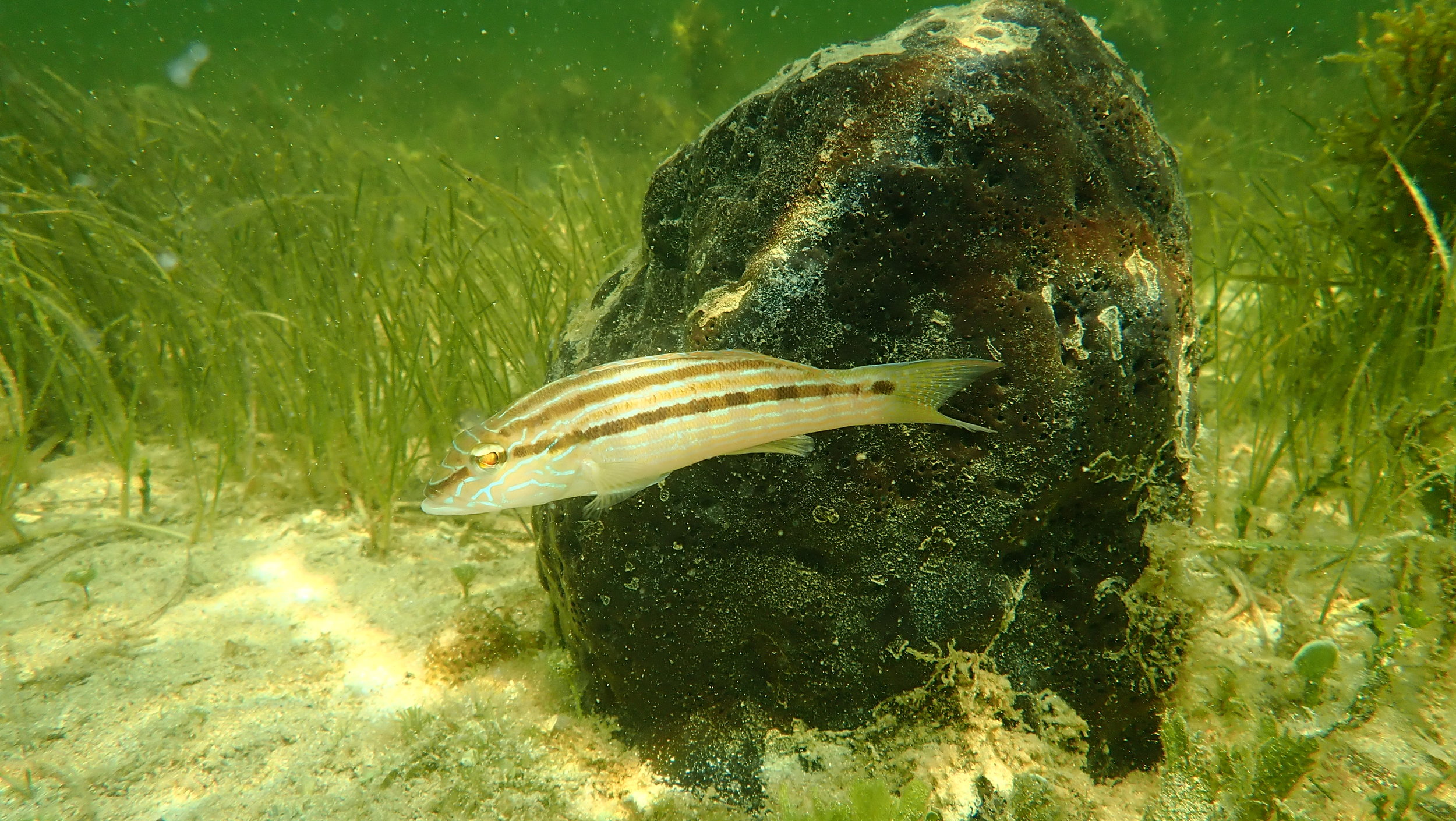

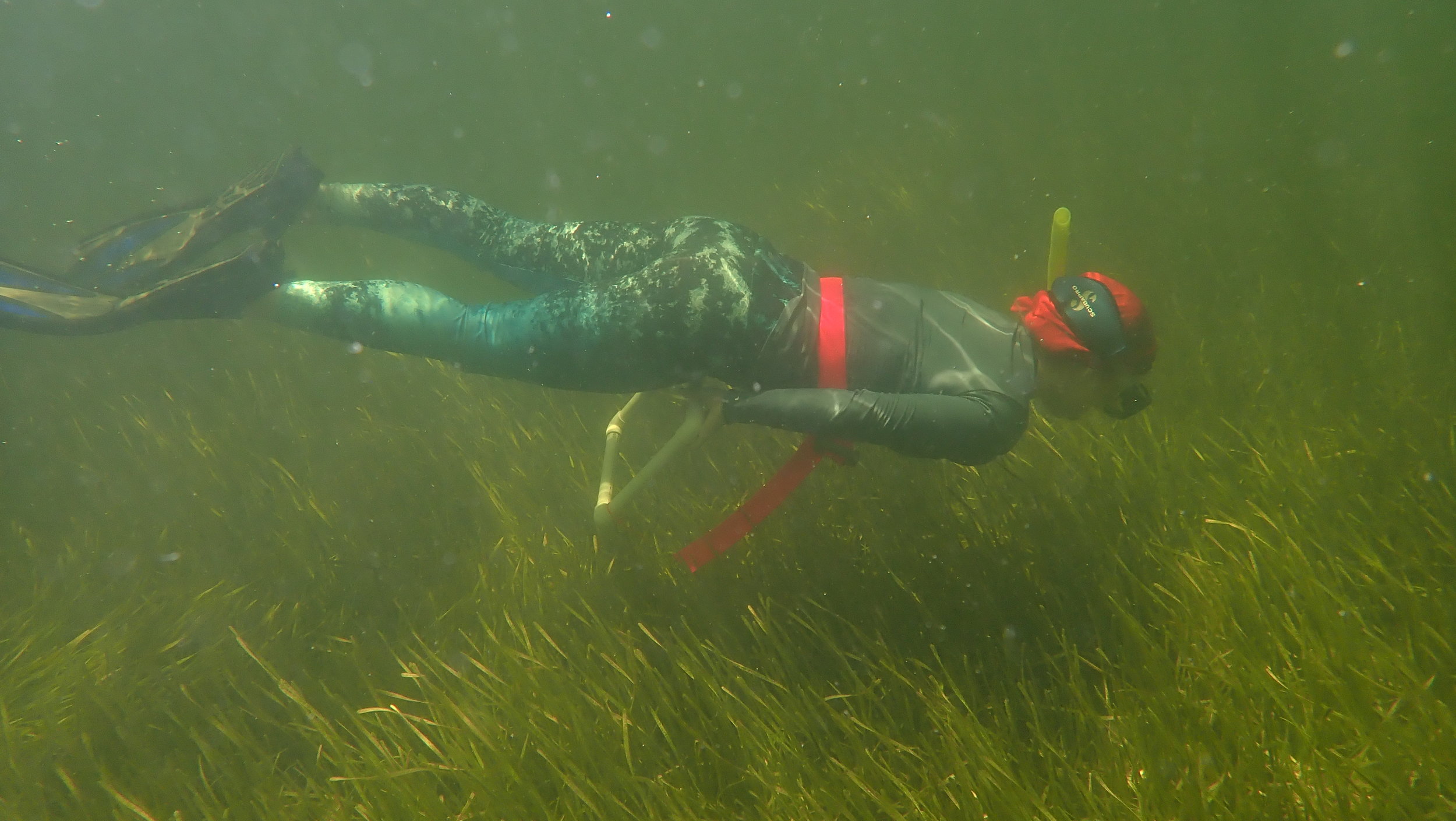
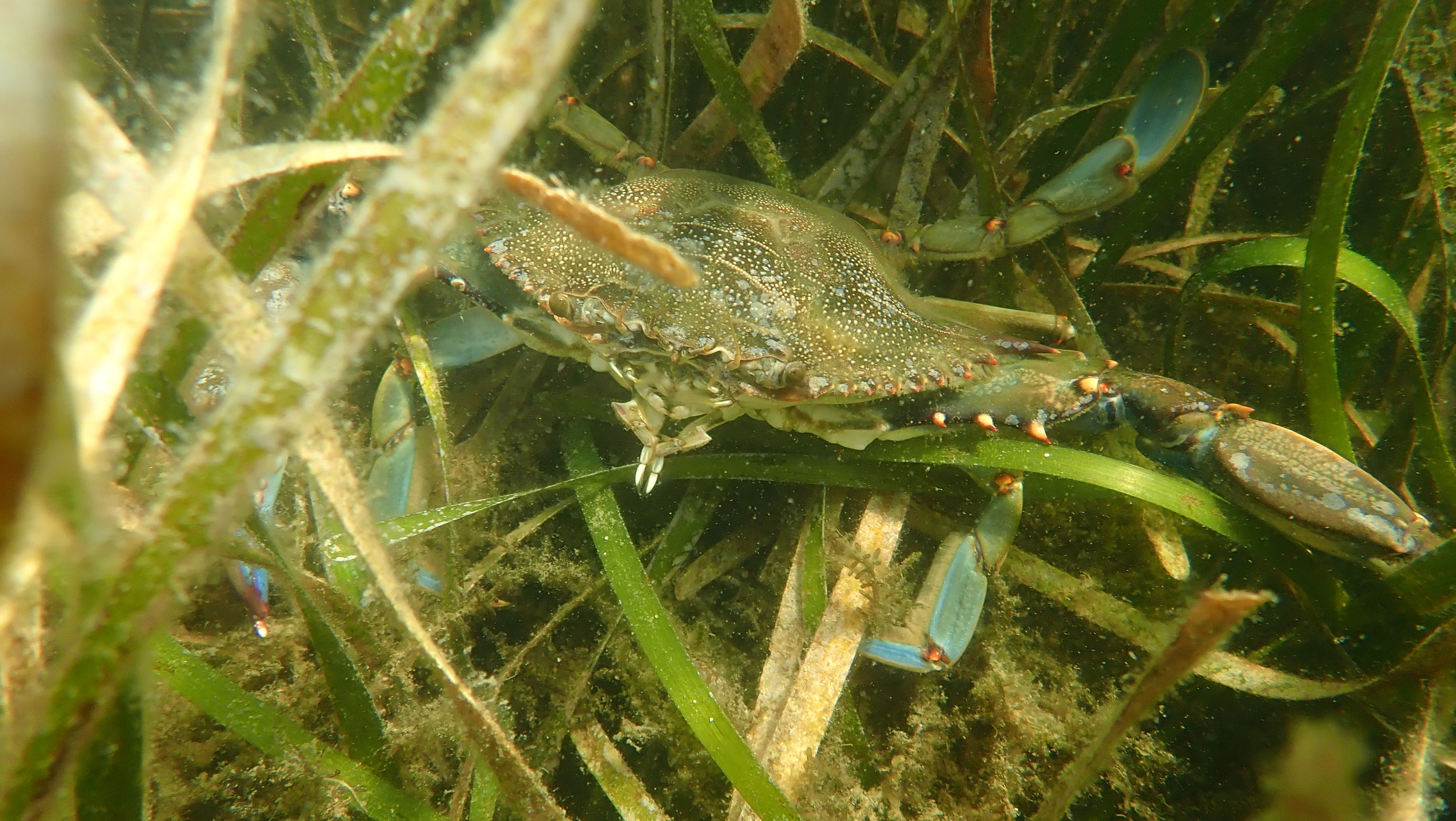
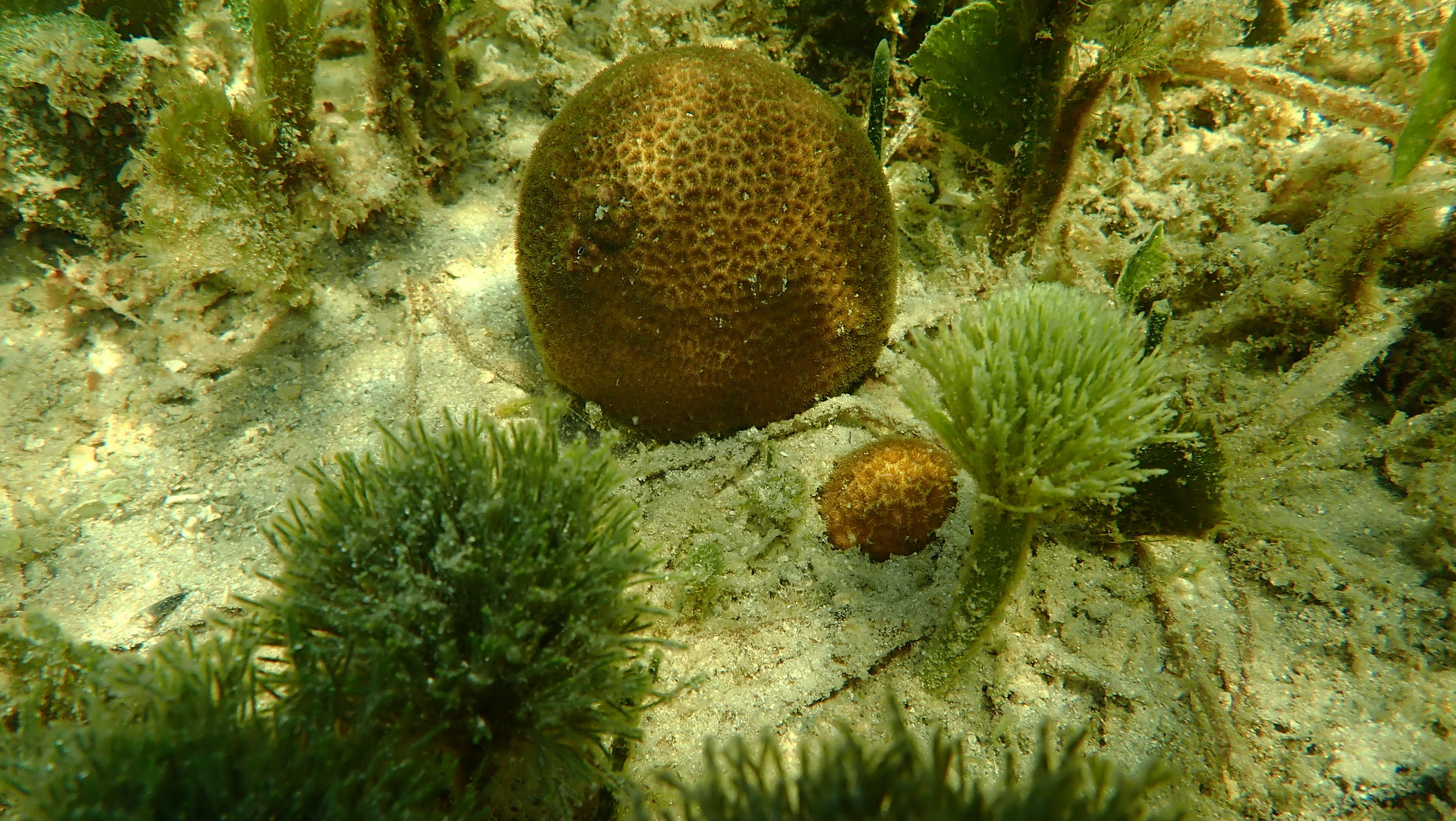
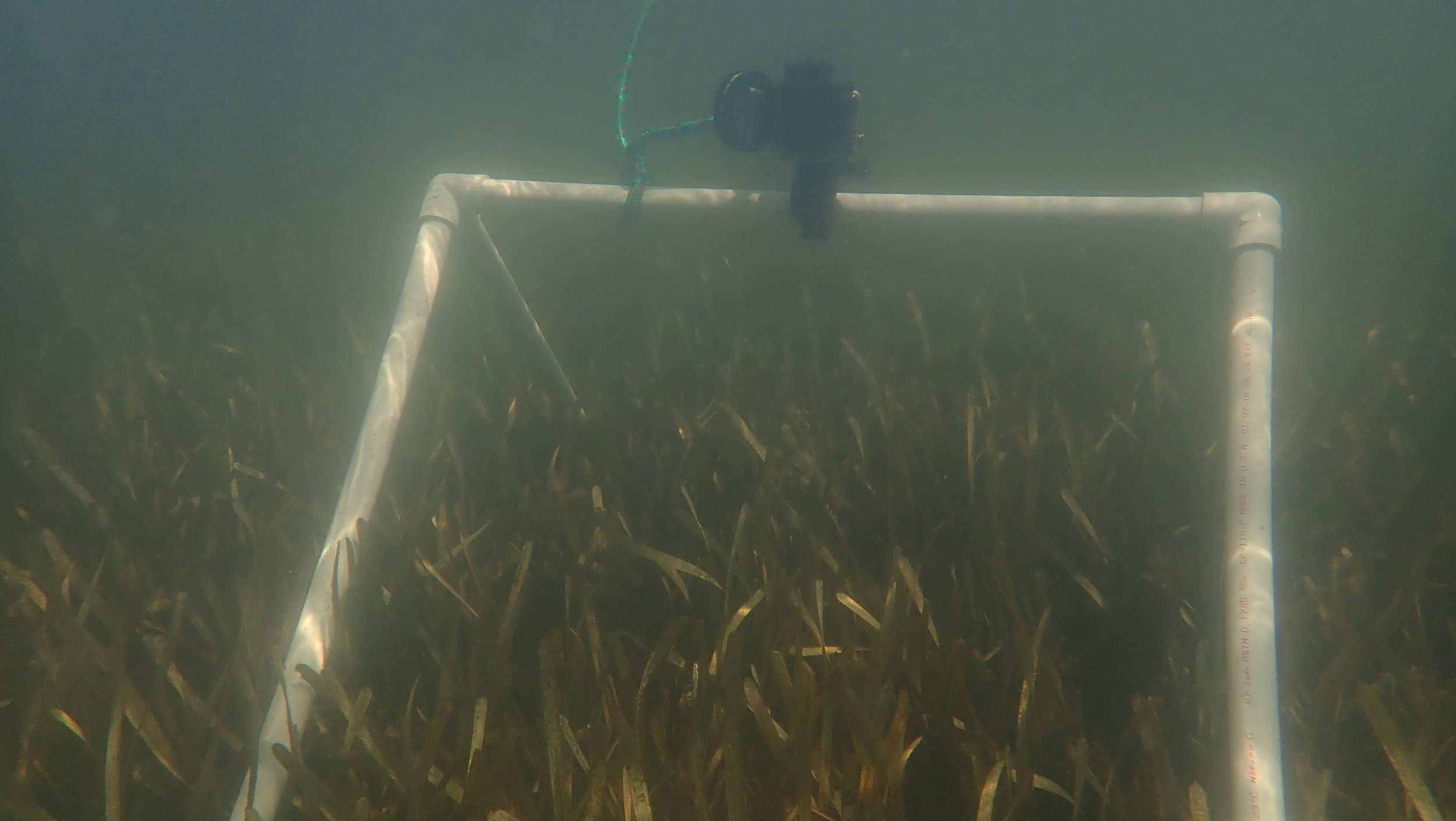
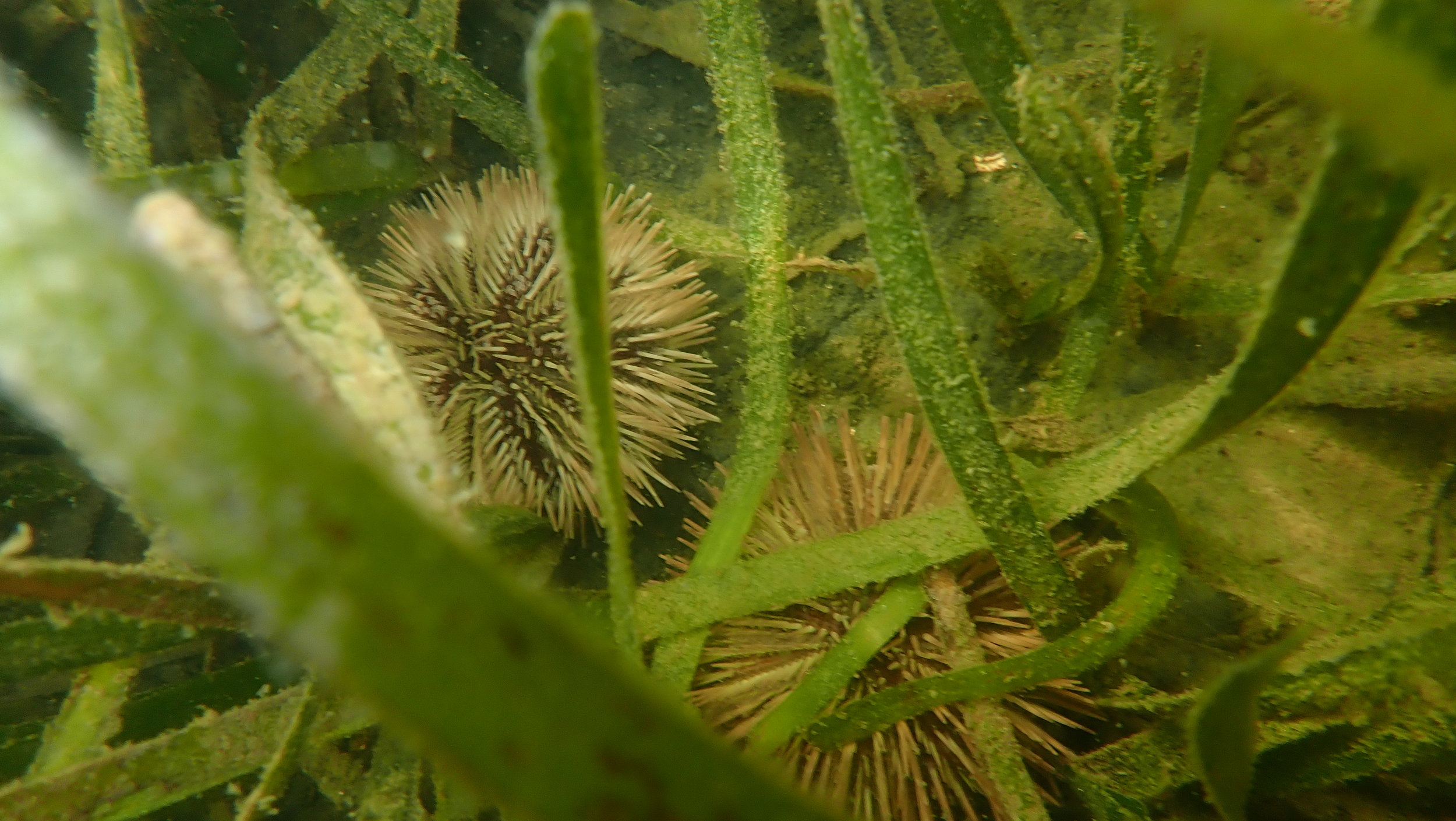
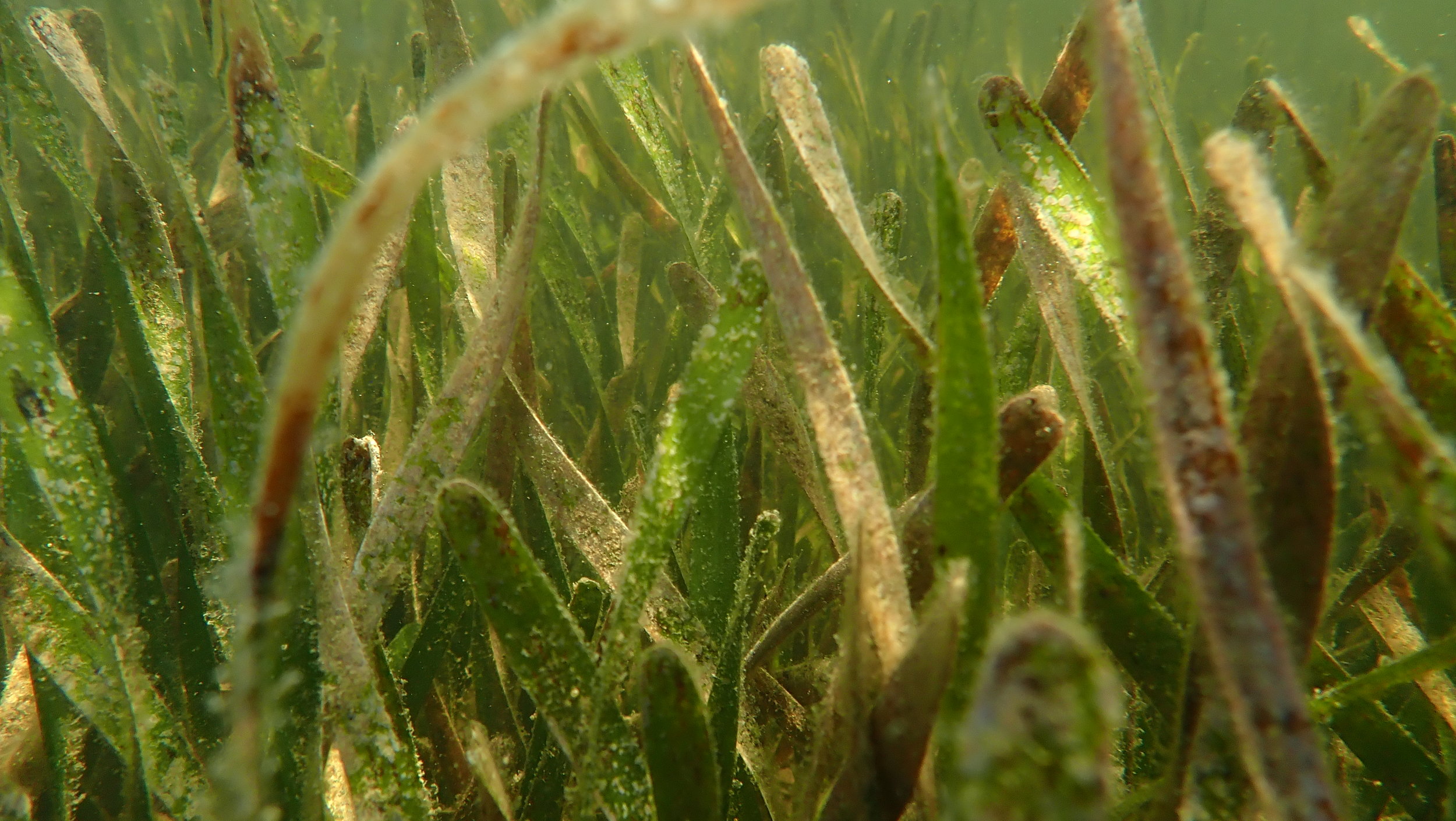
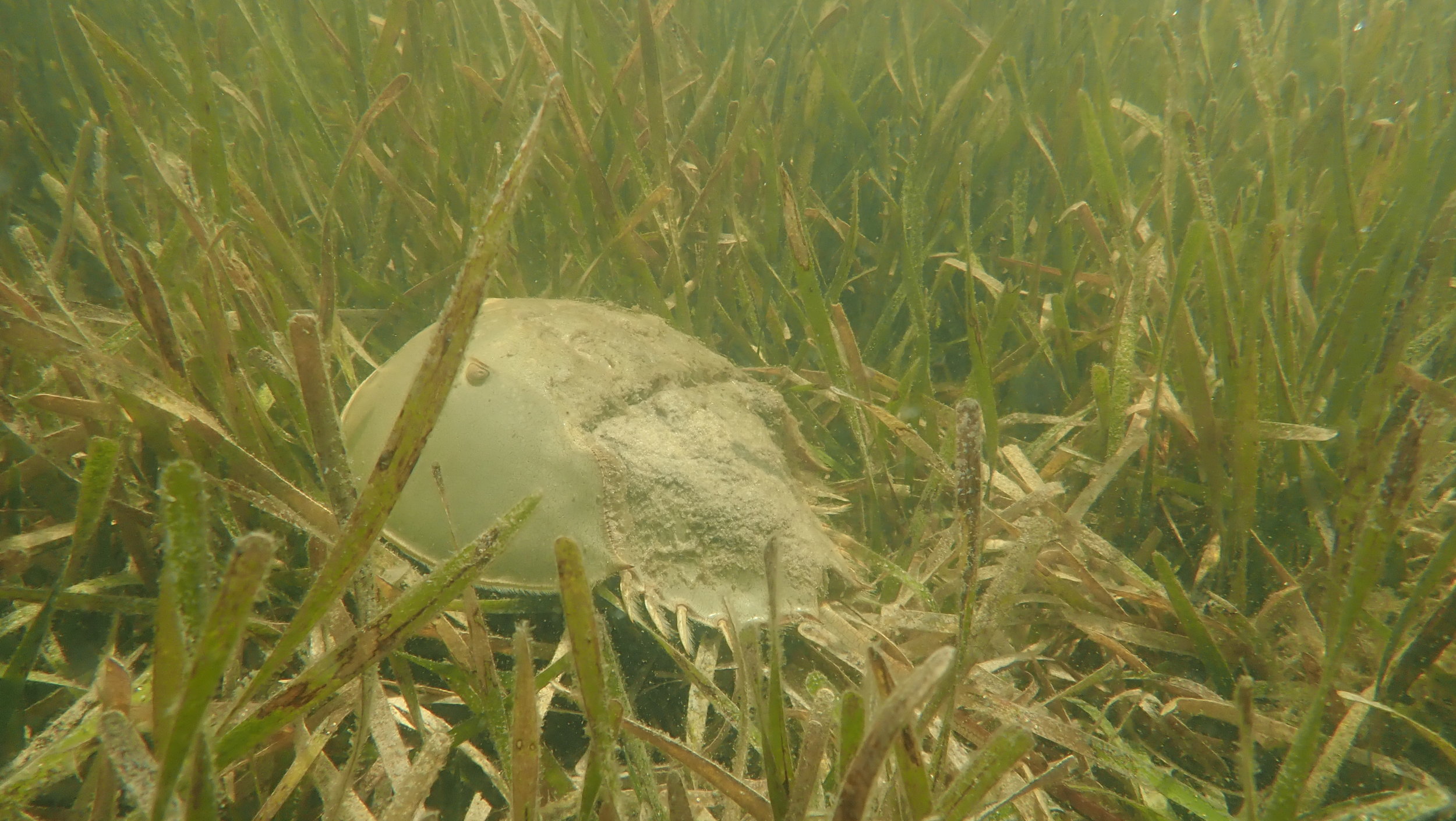
Project funded by the National Academy of Sciences, Engineering, and Medicine Gulf Research Program, as a Research-Practice grant under the Healthy Ecosystems Initiative.
